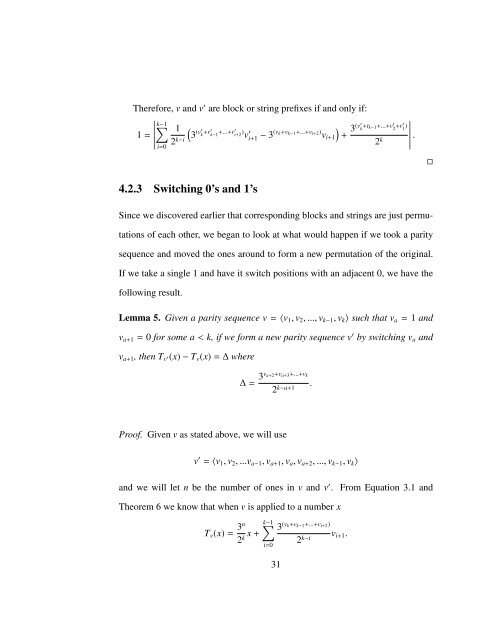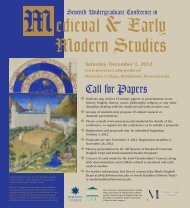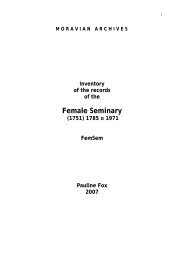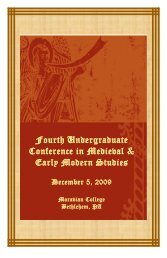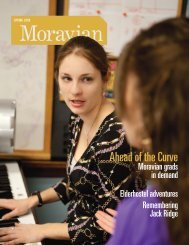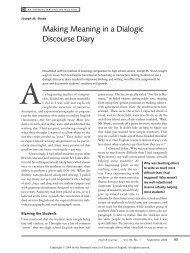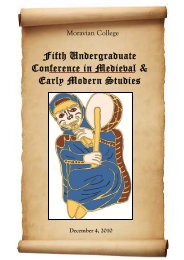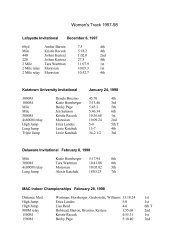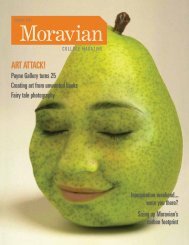Explorations of the Collatz Conjecture - Moravian College
Explorations of the Collatz Conjecture - Moravian College
Explorations of the Collatz Conjecture - Moravian College
Create successful ePaper yourself
Turn your PDF publications into a flip-book with our unique Google optimized e-Paper software.
Therefore, v and v ′ are block or string prefixes if and only if:<br />
∣ ∑k−1<br />
1 =<br />
1 ( 3<br />
(v ′<br />
∣ 2 k−i k +v′ k−1 +...+v′ i+2 ) v ′ i+1 − ) 3(v k+v k−1 +...+v i+2 ) 3 (v′ k +t k−1+...+v ∣∣∣∣∣∣ ′<br />
2 +v′ 1 )<br />
v i+1 + .<br />
2 k<br />
i=0<br />
□<br />
4.2.3 Switching 0’s and 1’s<br />
Since we discovered earlier that corresponding blocks and strings are just permutations<br />
<strong>of</strong> each o<strong>the</strong>r, we began to look at what would happen if we took a parity<br />
sequence and moved <strong>the</strong> ones around to form a new permutation <strong>of</strong> <strong>the</strong> original.<br />
If we take a single 1 and have it switch positions with an adjacent 0, we have <strong>the</strong><br />
following result.<br />
Lemma 5. Given a parity sequence v = 〈v 1 , v 2 , ..., v k−1 , v k 〉 such that v a = 1 and<br />
v a+1 = 0 for some a < k, if we form a new parity sequence v ′ by switching v a and<br />
v a+1 , <strong>the</strong>n T v ′(x) − T v (x) = ∆ where<br />
∆ = 3v a+2+v a+3 +...+v k<br />
2 k−a+1 .<br />
Pro<strong>of</strong>. Given v as stated above, we will use<br />
v ′ = 〈v 1 , v 2 , ...v a−1 , v a+1 , v a , v a+2 , ..., v k−1 , v k 〉<br />
and we will let n be <strong>the</strong> number <strong>of</strong> ones in v and v ′ . From Equation 3.1 and<br />
Theorem 6 we know that when v is applied to a number x<br />
∑<br />
T v (x) = 3n<br />
k−1<br />
2 x + k<br />
i=0<br />
31<br />
3 (v k+v k−1 +...+v i+2 )<br />
2 k−i v i+1 .


